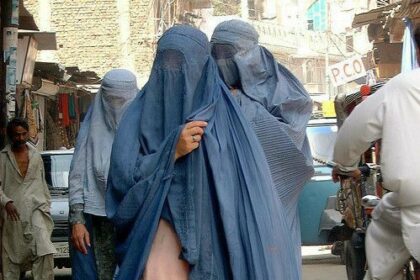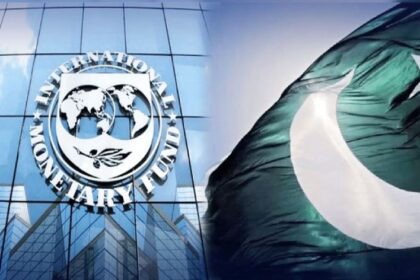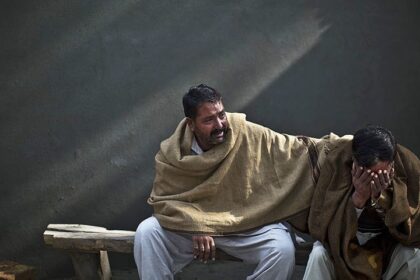Imagine going on a highway. You have been driving for hours, and it’s the same road, with the same view, the same people inside your car and the same looking cars and vans around you. Suddenly your eye catches the attention of a bright and colourful huge vehicle passing by you. It’s painted with every colour you can imagine and decked up with bells and hangings all over. On the back of this vehicle, you see a painting of a famous personality and a very deep and reality-based poem at the bottom of it. These few sentences describe the transport trucks of Pakistan, though they do not do justice to the eye-catching qualities these trucks possess.
Whether in the plain desert, the bustling roads of a city or even rocky mountainous roads, one vehicle is bound to be spotted anywhere you travel in Pakistan. These trucks go to places where normal cars and jeeps cannot go and provide food, supplies, and building materials to people all over the country. Gigantic in their sizes, these beasts provide resources and fuel for life to areas where regular traffic cannot go.
Acquiring an identity:
These trucks acquired their identity in the early 20th century when the British Raj introduced these motors as a means of transport to different areas of Pakistan. And the truck drivers started to decorate them according to their own cultural identity to show a sense of personalisation which was powered by their cultural art. It began to take its shape, and a whole branch of art, known as truck art, soon emerged. Truck art mainly comprises bright and funky colours with unique patterns, either abstract or having roots in a particular culture, such as Islamic geometric patterns, the Sindhi Ajrak design and Mandala art. But the drivers do not stop at just colours. They deck the trucks with bells, hangings and cloths to add more life to the trucks. The bells constantly make sounds when in motion, which resonate with the driver and the people hearing them. One particularly unique thing which is different in every truck is the back of the truck. It either has a scenery painted on it which shows the driver’s village beauty from where he came, or it has a famous person painted, such as Allama Iqbal, Maula Jatt, Quaid-e-Azam or Imran Khan, showing how the driver idolises a particular person.

The thing that makes the whole truck art such a unique concept is the shairi (poetry) that is done on the truck. Written about a lover who left, the hardships of life, the turmoil of love or even the conversation held over a cup of chai, these verses are a delight to the eyes and sometimes even leave us pondering over life experiences as well. It shows how these seemingly mundane truck drivers experience life and how they go through challenges and hardships life throws at them. It sometimes shows how these people are forced to leave their homes in order to earn a living and how much they miss their village, which is depicted in their shairi or the scenic painting done at the back.
Not just that, but these gigantic trucks can also be a sight of amusement on a plain road to the reader in the back. The poetry is also sometimes a comedic one, becoming a cause of countless laughs on the road. Be it a satirical take on life or just a funny joke, those few lines have the ability to make a person laugh on a long journey.
These trucks are a symbol of the everlasting culture that exists in the hearts of the people of Pakistan, who showcase their cultural art proudly to everyone. They form an existence of their own and are recognised whenever they enter a new province or state. They reflect the values of the drivers and the area from which they belong, creating a sense of diversity not only among people but trucks as well. Punjabi trucks would have brighter colours and paintings of Maula Jatt, while the trucks from Khyber are more likely to have scenic pictures on them.

A symbol of life:
Being a pop of colour on a dull road and making people ponder over life, these trucks do more than just transport stuff from place to place. They are a symbol of life itself that resides inside the truck, behind the steering wheel, closed in a small compartment, constantly on the road. They show that even though the road of life is a hard one, it can always become a bit lighter by adding some colour, some shairi and some comedic reliefs to it. Truck art itself is a vital cultural pillar of Pakistan, and without it, the roads would seem longer, lonelier and quieter. So, the next time you see a colourful truck passing by you, be sure to remember the depth it contains and just how deep human beings can be, that they bring life to something so mechanical and inanimate that it resonates with us, sometimes far longer than the time it took to view the beauty.
















